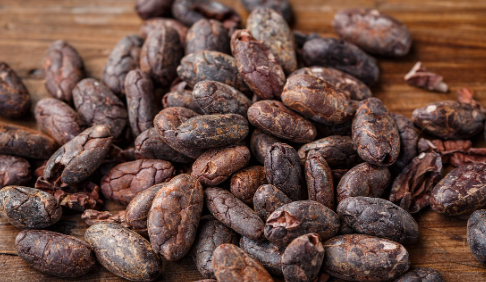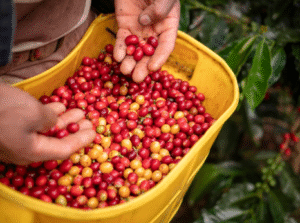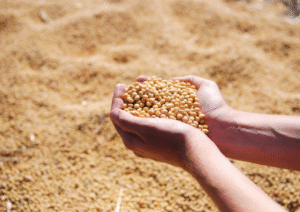CCZ25 CAZ25 #Cocoa #CommodityMarket #CocoaPrices #MarketTrends #InvestmentNews #CocoaFutures #ChocolateIndustry
Why Are Cocoa Prices Dropping From Recent Peaks? Discover What This Means for Your Wallet!
Cocoa prices experienced a decline on Friday, marking a retreat from their recent three-week highs. In the latest cocoa news, December ICE NY cocoa (CCZ25) closed down by 20 points, or 0.32%, while December ICE London cocoa #7 (CAZ25) fell by 41 points, or 0.90%. This downturn raises questions about the factors influencing cocoa prices and what it means for investors and consumers alike.
The recent fluctuations in cocoa prices can be attributed to several market dynamics. First, the cocoa market tends to react to seasonal trends and supply factors. As the harvest season unfolds in major producing countries, expectations for increased supply often lead to price corrections. When traders anticipate a surplus, they usually adjust their positions, resulting in lower prices.
Moreover, macroeconomic factors such as inflation and currency fluctuations play a crucial role in shaping commodity prices. A stronger dollar can exert downward pressure on cocoa prices, making it more expensive for foreign buyers. On the other hand, any geopolitical tensions can disrupt supply chains, leading to unpredictable price movements.
What Factors Influence Cocoa Prices?
Understanding the drivers behind cocoa prices helps investors make informed decisions. Key factors include:
1. Supply and Demand: Cocoa production is sensitive to weather conditions, pests, and diseases. Disruptions in supply can create volatility, while a stable supply often leads to lower prices.
2. Global Economic Conditions: Economic growth, particularly in emerging markets, affects chocolate consumption. Increased demand from these regions typically supports higher prices.
3. Speculation and Market Sentiment: Traders often react to news and trends, impacting cocoa prices significantly. Sentiment-driven trading can lead to swift price changes.
4. Currency Strength: The value of the U.S. dollar relative to other currencies can influence cocoa prices. A stronger dollar often results in lower prices for commodities priced in dollars.
As cocoa prices retreat, investors should consider the implications for the chocolate industry. Lower prices may benefit chocolate manufacturers, potentially leading to lower retail prices for consumers. However, they could also squeeze profit margins for cocoa farmers, raising concerns about sustainability and the future of cocoa cultivation.
Looking Ahead: What’s Next for Cocoa Prices?
Market analysts suggest that cocoa prices may continue to exhibit volatility in the near term. With the ongoing harvest season and fluctuating demand, traders should remain vigilant. Keeping an eye on weather patterns in West Africa, the world’s largest cocoa-producing region, is essential for anticipating future price movements.
For those interested in the broader investment landscape, including stocks and commodities, exploring related sectors can provide valuable insights. Investors may want to analyze how cocoa price changes impact chocolate companies and related supply chains.
For more detailed analysis on stocks, visit this link.
In conclusion, while cocoa prices have faced pressure in recent days, understanding the underlying factors can provide clarity. By staying informed about market trends and economic conditions, both consumers and investors can better navigate the cocoa landscape. As the market evolves, keeping an eye on the latest cocoa news will be crucial for making sound decisions.







Comments are closed.